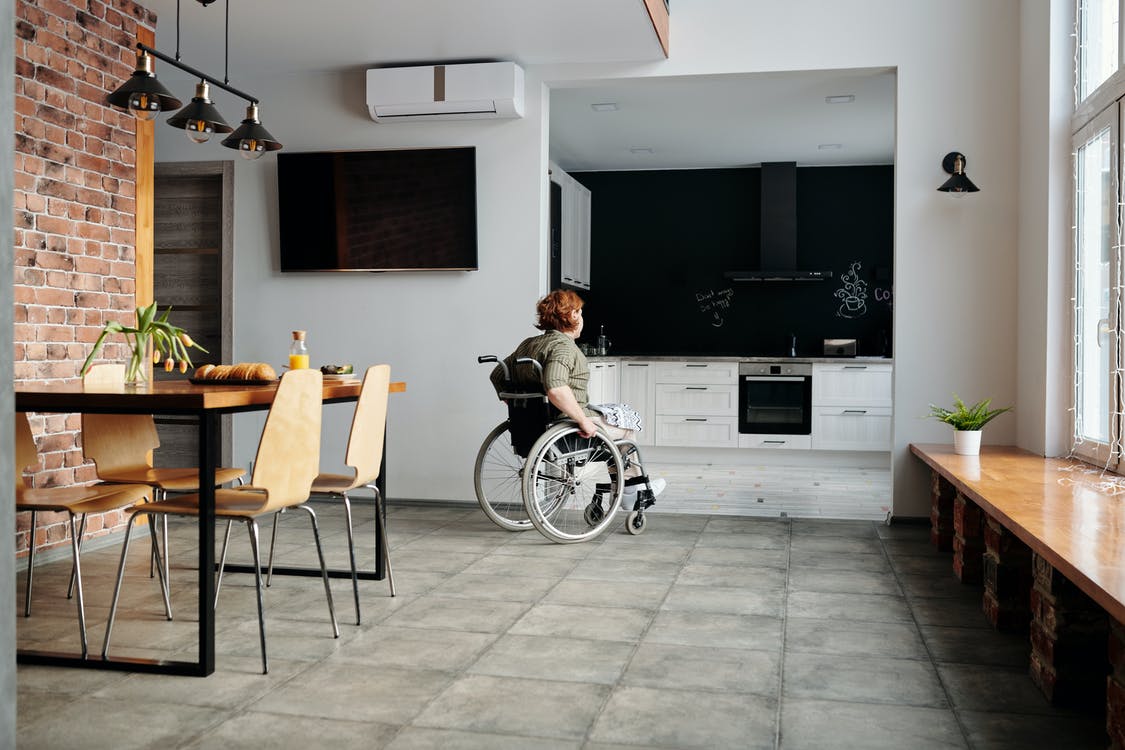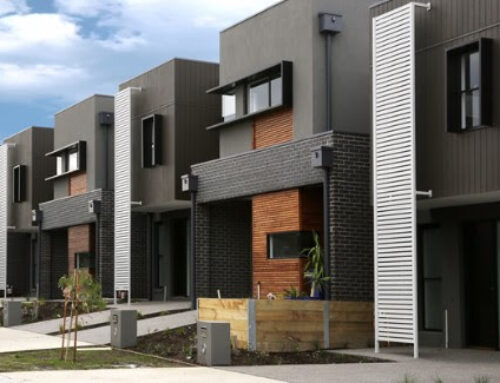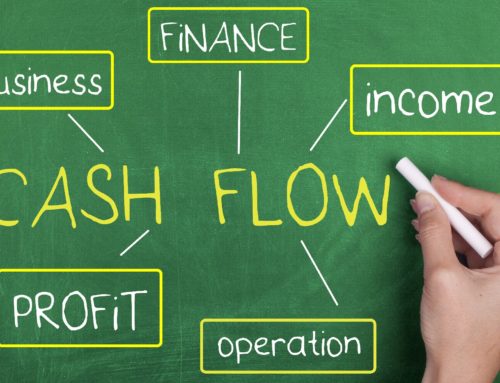If you’ve been exploring high-yield, socially responsible property investment options in 2025, you’ve likely come across the term NDIS property investment. Backed by the Australian Government, this niche but rapidly growing asset class is attracting savvy investors who want to secure strong rental yields while helping meet the critical housing needs of Australians with disabilities.
But what exactly is NDIS property investment? How does it work? And is it right for your investment strategy?
In this comprehensive guide, we’ll break it all down so you can make an informed decision.
What Is NDIS Property Investment?
NDIS property investment refers to investing in Specialist Disability Accommodation (SDA) under the National Disability Insurance Scheme (NDIS). These properties are specially designed or modified homes built for people with significant functional impairments who qualify for SDA funding through their NDIS plans.
The Australian Government subsidises rent through the NDIS, offering registered providers attractive rental yields—often between 8%–14% gross per annum.
This investment strategy is appealing because it combines the security of long-term government-backed payments with the social impact of supporting vulnerable members of our community.
Key Players in the NDIS Property Investment Ecosystem
NDIS property investment involves multiple stakeholders:
- The NDIS participant (tenant): A person with a disability who is eligible for SDA funding.
- The investor: Purchases or builds a compliant SDA property.
- The SDA provider: Manages the property and tenancy, ensuring compliance with NDIS standards.
- The builder/developer: Constructs or modifies the property to meet specific SDA design standards.
- The finance broker (like Micah): Helps investors secure lending based on SDA requirements.
- The NDIS and NDIA: Oversee the scheme, approve funding, and set guidelines.
Why Are SDA Properties Needed?
The NDIS was introduced to improve the lives of Australians living with significant disabilities, including access to appropriate housing. The traditional housing market has largely failed to meet the unique needs of this group—often resulting in unsuitable living conditions, social isolation, or extended hospital stays.
To address this, the federal government introduced SDA funding to incentivise private investment in purpose-built homes. According to the latest SDA Supply Report, Australia still needs thousands more compliant dwellings to meet demand in 2025, particularly in regional areas and outer suburbs of capital cities like Sydney, Melbourne, Brisbane, and Perth.
How Does NDIS Property Investment Work?
Here’s how it all fits together:
You Purchase or Build an SDA-Compliant Property
This can be a standalone house, apartment, villa, or duplex that complies with SDA design standards. Properties are categorised under four design categories:
- Improved Liveability
- Fully Accessible
- High Physical Support
- Robust
Each category suits different tenant needs and comes with specific construction requirements.
You Register the Property with the NDIS
The property must be enrolled with the NDIS through an approved SDA provider. This ensures it qualifies for rental income subsidies under the SDA funding system.
Eligible Tenants Move In
Your SDA provider finds eligible NDIS participants (tenants) who have been approved for SDA funding. These tenants typically stay for the long term, reducing vacancy risk when managed correctly.
You Receive Rental Income from Government Subsidies
Once tenanted, you’ll receive regular income that’s subsidised by the federal government. This includes:
- SDA Payments: Based on property type, location, design category, and occupancy.
- Reasonable Rent Contribution: The portion paid by the tenant from their disability support pension.
The result? Gross yields of 8%–14% are achievable—significantly higher than traditional residential investments.
NDIS Property Investment Example
Let’s take a realistic look at an NDIS property investment scenario in Western Sydney—an area with growing demand for Specialist Disability Accommodation:
- Property: 3-bedroom High Physical Support SDA house
- Build + land cost: $1.2 million
- Tenants: 2 long-term NDIS participants (eligible for High Physical Support)
- Annual rental income: ~$150,000 (combined from SDA payments + tenant contributions)
- Gross yield: 12.5%
This yield includes the SDA payments funded by the NDIS (based on design category and location) plus the reasonable rent contribution from tenants (typically 25% of their DSP + 100% of their Commonwealth Rent Assistance).
It’s important to keep in mind:
- Achieving high yields depends on having full occupancy and a compliant build.
- Professional tenant matching via an experienced SDA provider significantly reduces vacancy risk.
- Build costs vary based on site selection, design complexity, and accessibility standards.
At Micah Finance Solutions, we help investors assess the full picture—from finance and lender selection through to provider introductions—so you can move forward with clarity and confidence.
Is NDIS Property Investment Safe?
Every investment carries some risk, and while NDIS property can offer strong returns, it’s not for everyone.
Pros:
- Government-backed rental income
- High yield potential
- Long-term tenancies
- Contributes to a social cause
Risks:
- High initial capital outlay
- Compliance and registration requirements
- Potential delays in tenant placement
- Market supply and demand must be carefully assessed
Working with the right team—including a specialised finance broker, SDA provider, and builder—is crucial to mitigate risks.
Financing an NDIS Investment Property
Financing an NDIS property is more complex than a standard residential investment loan. Lenders will assess:
- Your financial position
- Property type and location
- Potential yield
- Valuation risk (some lenders are cautious with NDIS property values)
- Your exit strategy
Some lenders may require higher deposits or lower loan-to-value ratios (LVRs), particularly for High Physical Support dwellings.
At Micah Finance Solutions, we work with lenders who understand the NDIS market. Our role is to simplify the finance process, find the right loan structure, and help you get pre-approved with confidence.
Tips for Success in NDIS Property Investment
- Do Your Research
Understand local demand, SDA participant needs, and government policy updates. Not all suburbs or designs are equal. - Choose the Right Design Category
Match your property to areas with high unmet demand. For example, some areas may need more Improved Liveability dwellings while others demand High Physical Support. - Work With Specialists
Use builders, SDA providers, and brokers with proven experience in the space. NDIS compliance isn’t optional—it’s essential. - Plan for the Long Term
SDA tenants typically stay for many years. This can offer stable returns, but the property must remain compliant and well-maintained. - Understand the Ethics
This is not just about yield. The goal is to deliver safe, comfortable homes for vulnerable Australians. Investors should balance return expectations with compassion and quality.
Who Should Consider NDIS Property Investment?
NDIS property may suit:
- Seasoned investors looking to diversify into a high-yield, low-correlation asset
- Impact investors interested in social housing
- SMSF investors seeking long-term, stable returns
- Professionals and business owners looking to offset taxable income
It’s less suited to short-term speculators or highly leveraged investors, due to the specialised nature of the asset.
What’s New in 2025?
NDIS policy and market dynamics continue to evolve. Here’s what to watch in 2025:
- More robust SDA demand data is being released, helping investors target high-demand regions.
- Tighter compliance rules have increased the importance of choosing reputable providers.
- SDA market consolidation is occurring, with larger players acquiring existing properties—indicating confidence in the long-term viability of the sector.
- Green and sustainable builds are being prioritised, particularly in states like Victoria and Tasmania with stricter building codes.
At Micah, we keep our clients informed of all changes so you’re never caught off guard.
How Micah Finance Solutions Can Help
Navigating the world of NDIS property investment is complex—but with the right guidance, it can be both rewarding and impactful.
Micah Finance Solutions offers:
✅ Expert advice tailored to your financial goals
✅ Access to lenders who understand NDIS lending
✅ Support with pre-approval and finance strategy
✅ Connections to trusted SDA builders and providers
✅ Ongoing education to help you invest with confidence
We’re here to help Australians build wealth and make a difference.
Final Thoughts
NDIS property investment is one of the most exciting opportunities in the Australian real estate market in 2025. It offers a rare blend of financial return and social impact—when done right.
If you’re curious about whether NDIS investment fits into your strategy, the first step is understanding how it works, the risks involved, and what kind of support you need.
At Micah, we’re ready to guide you every step of the way.
Want to Explore NDIS Property Investment?
Speak to the team at Micah Finance Solutions today. We’ll help you understand your finance options and connect you with the right professionals to get started.
📞 Book a free strategy session
📍 Based in Epping & Carlingford, helping clients Australia-wide
🌐 Learn more: micah.com.au/ndis_property_investment







Leave A Comment